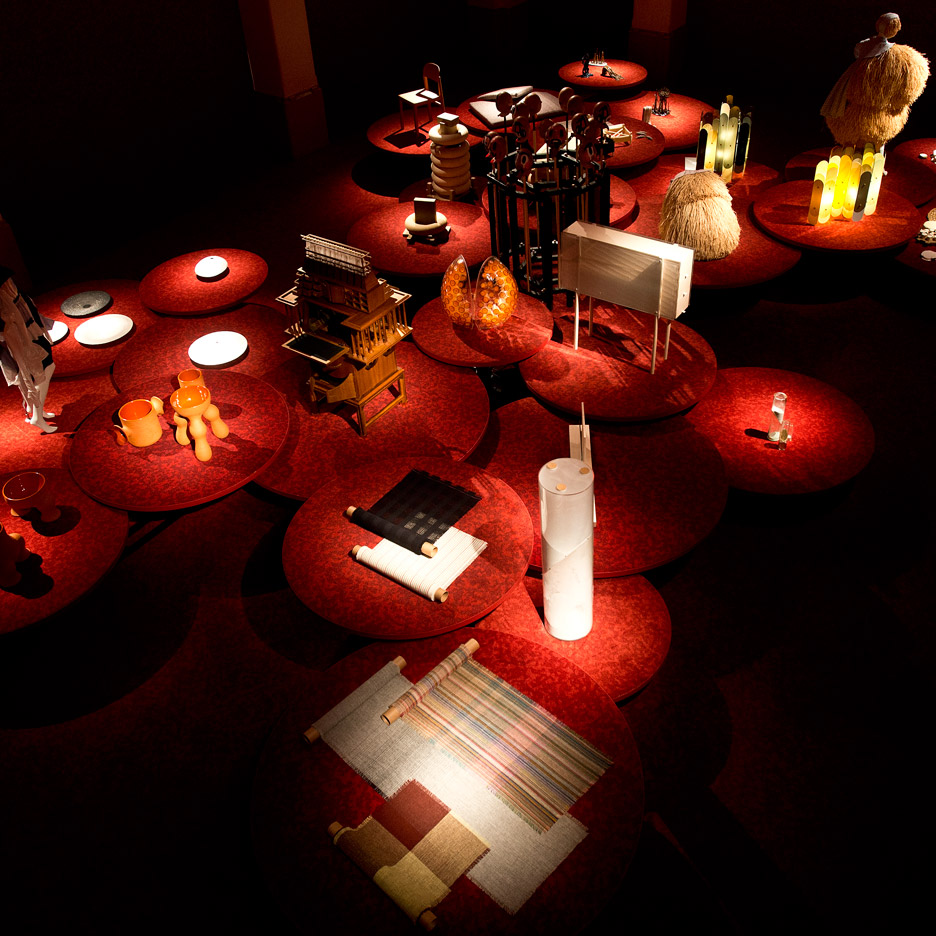GamFratesi installs spinning podiums in philology institute for Mindcraft Danish design exhibition
Milan 2016: design duo GamFratesi has filled the main space in the Circolo Filologico Milanese with an installation featuring spinning carpet-covered podiums for an exhibition of Danish design (+ slideshow).
This year's annual Danish design exhibition in Milan is titled In My Mindcraft, and is themed around 17th and 18th century ideas about how the human mind works and the thought process behind design.
Copenhagen-based GamFratesi has covered the main hall in the Circolo Filologico Milanese, a 19th century philology institute dedicated to studying the origin of written language and books located on Milan's via Clerici, with an installation of dark red carpet patterned to suggest organisms and blood cells.
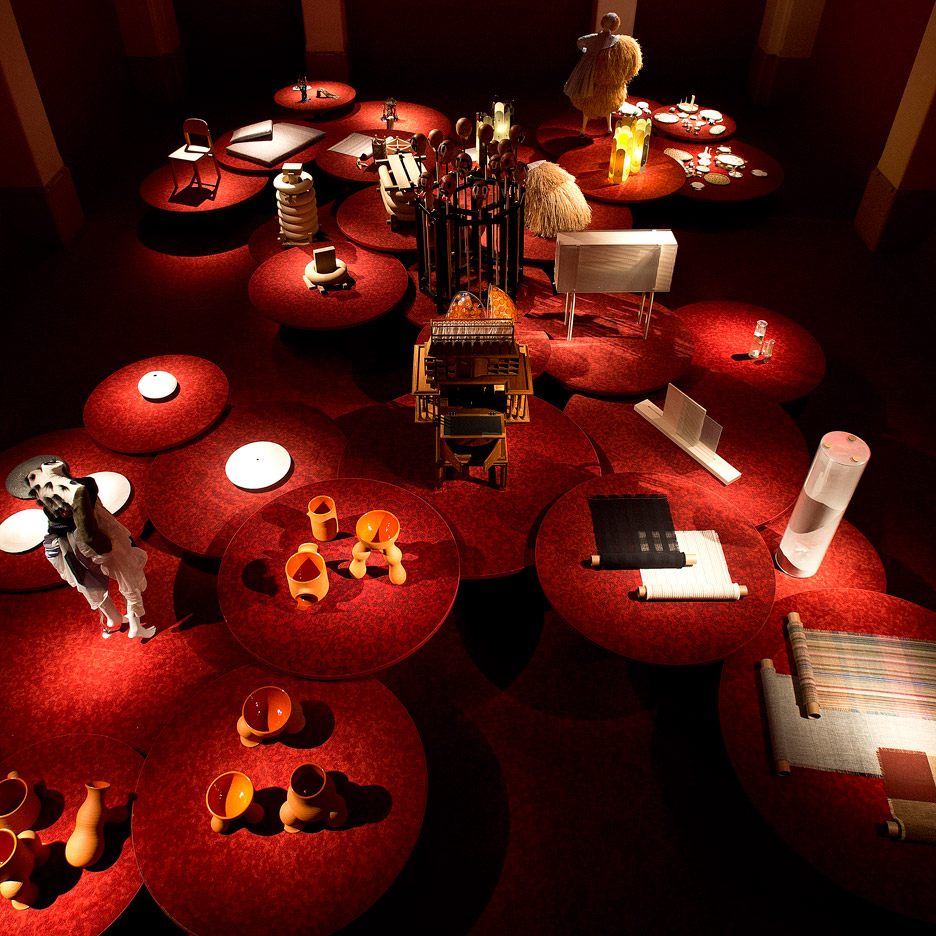
In the centre of the hall, 33 connected carpet-covered podiums spin gently to show work by 15 designers from a range of disciplines, who are either Danish or live and work in Denmark.
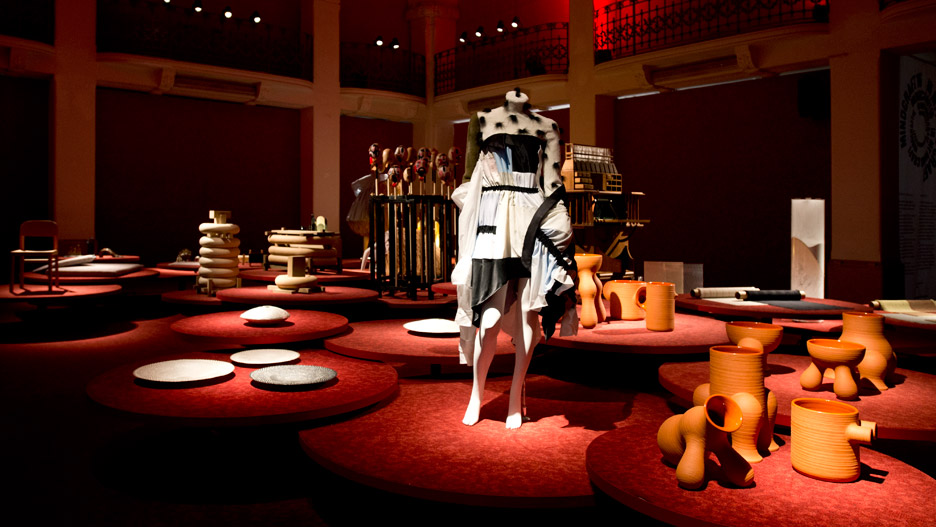
"We were asking what is the origin of a design project," GamFratesi co-founder Enrico Fratesi told Dezeen. "Before thinking about the material, before analysing the project, it starts with the mind, so the idea was to try and get a pice of the mind of the different artists into the exhibition and to show what is the mind of Denmark somehow."
The dark patterned carpet, which also covers the walls and fades to a pale pink as it nears the ceiling, is paired with red lighting to suggest the idea of being inside a human organ. A soundtrack combining sounds that suggest being inside a human organ and more recognisable musical instruments plays in the room and is composed by Irv Johnson.
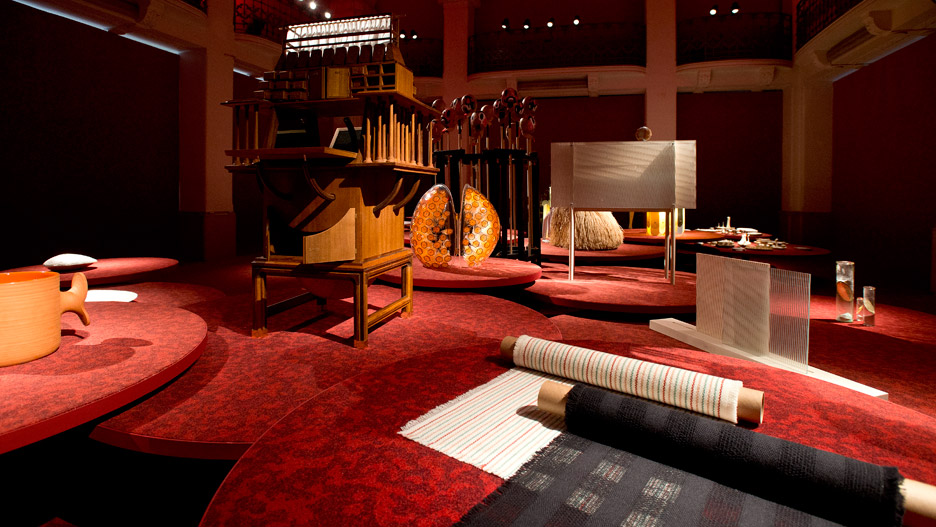
The circular platforms are connected with bands, which are in turn connected to five motors that drive the rotation of the discs. This is intended to echo the way that the different disciplines represented within the exhibition are connected to each other.
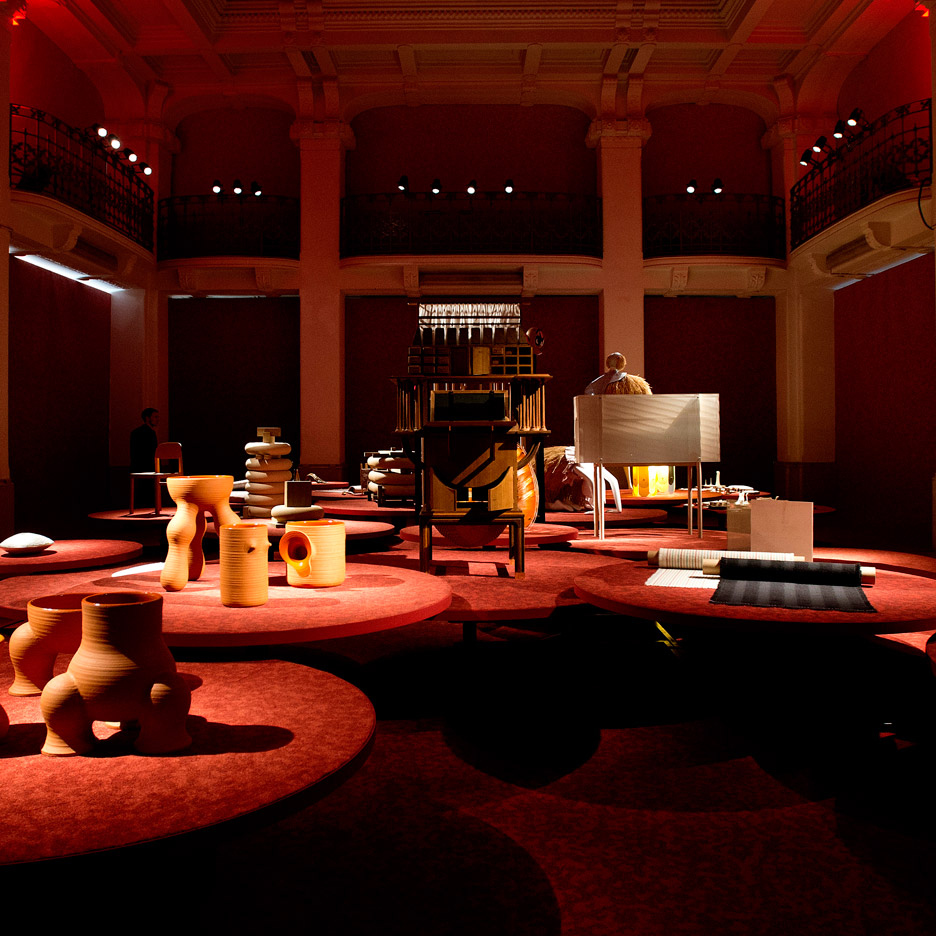
"At one point people through there was a kind of mechanical mechanism in the brain moving one part to another, and this is actually a very poetic translation of what is real," said Fratesi.

"So in the exhibition one work can influence the other work and how this perception of this area has been anaylsed by another artist, so going through the exhibition is also moving a different topic in a different way," he said.
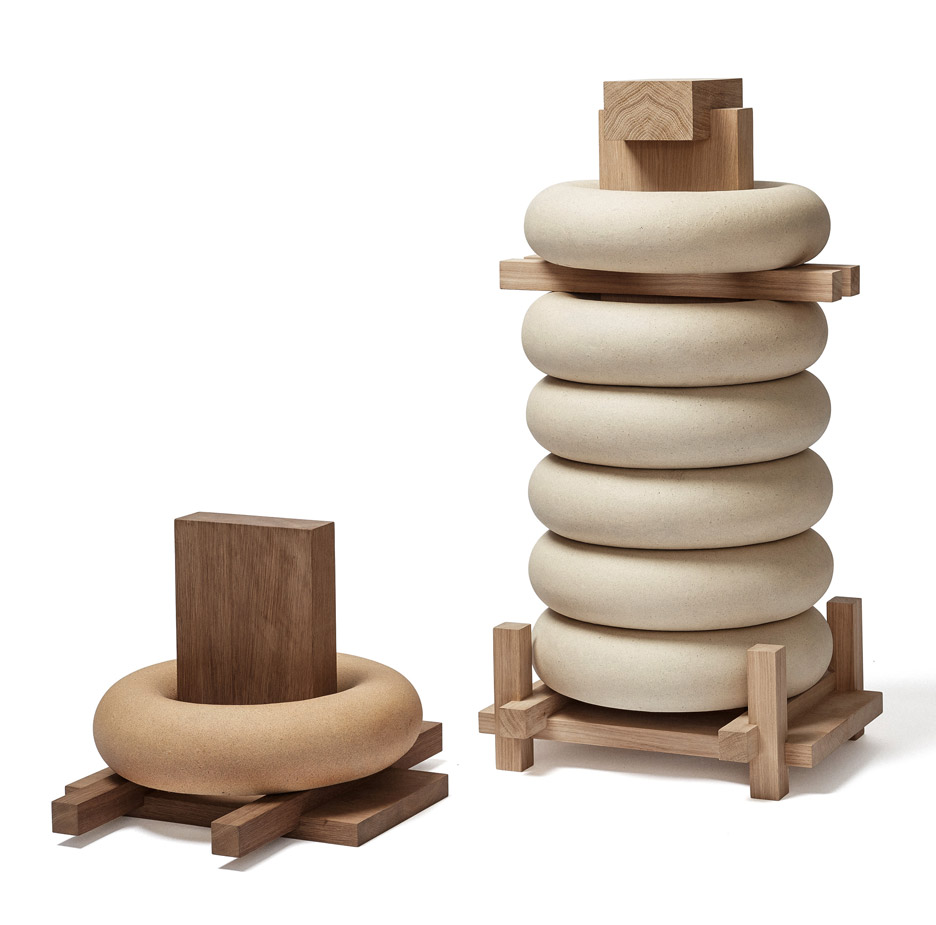
Fratesi, from Italy, and his Danish partner Stine Gam are known for their furniture designs for brands like Gebrüder Thonet, Ligne Roset and Casamania.
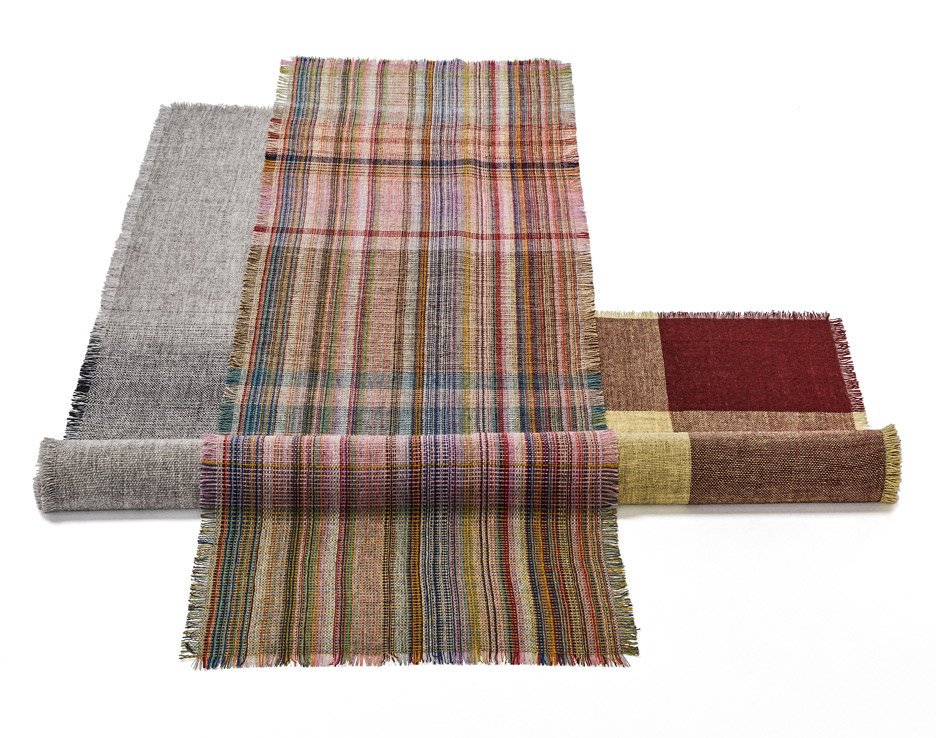
It is the second consecutive year that they have curated the Mindcraft exhibition – last year they covered a historic Milanese cloister with a mirrored floor.
All of the participants in this year's show have created new works that reflect the theme either directly or through more abstract approaches.
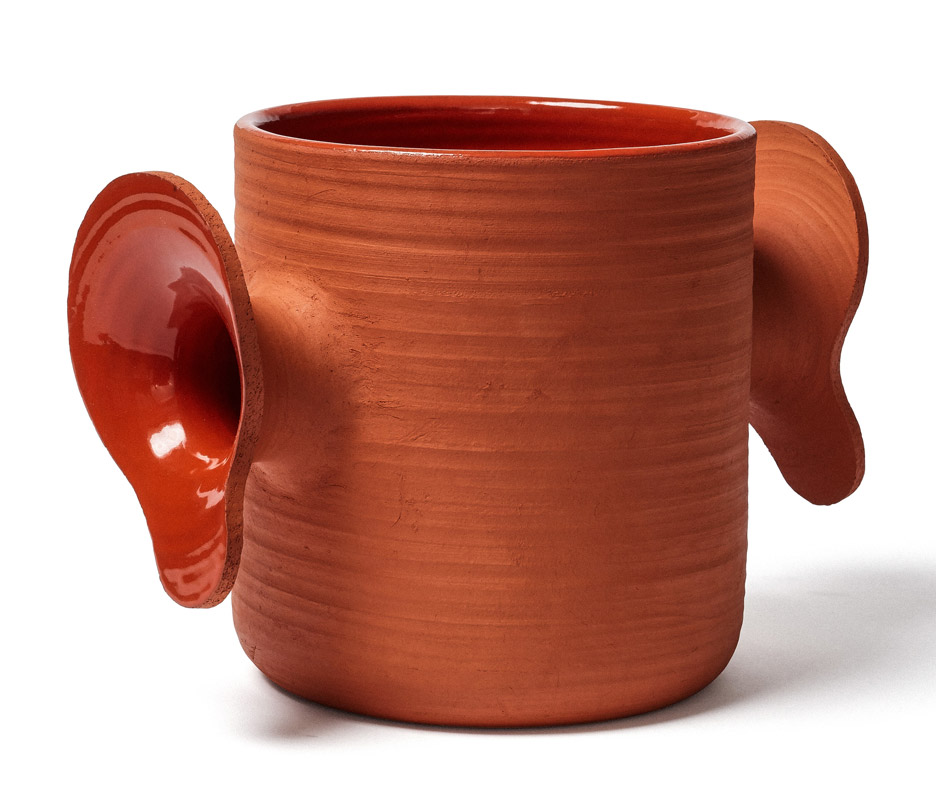
A series of hourglasses by Øivind Slaatto are designed to take much longer to filter through on one end, to help users structure their day. Combinations include one and two minutes for brainstorming and a break, 45 minutes and 15 minutes for intense work and a break, eight hours and 16 hours to measure the working day and free time.

Heavy Stack by Maria Bruun and Anne Dorthe Vester suggests ways of using ceramic as a structural component for furniture, with thick rings of the material stacked around wooden frames.

Rosa Tolnov Clausen, whose work investigates new ways to use traditional weaving techniques, created a series of textiles using a combination of strict design parameters, 15 yarn colours, and a randomised process, to represent her design process.

Art duo benandsebastian – Ben Clement and Sebastian de la Cour – are showing a teak and brass bureau that is an extension to their Museum of Nothing project, which invites viewers to consider absence as a historical presence.
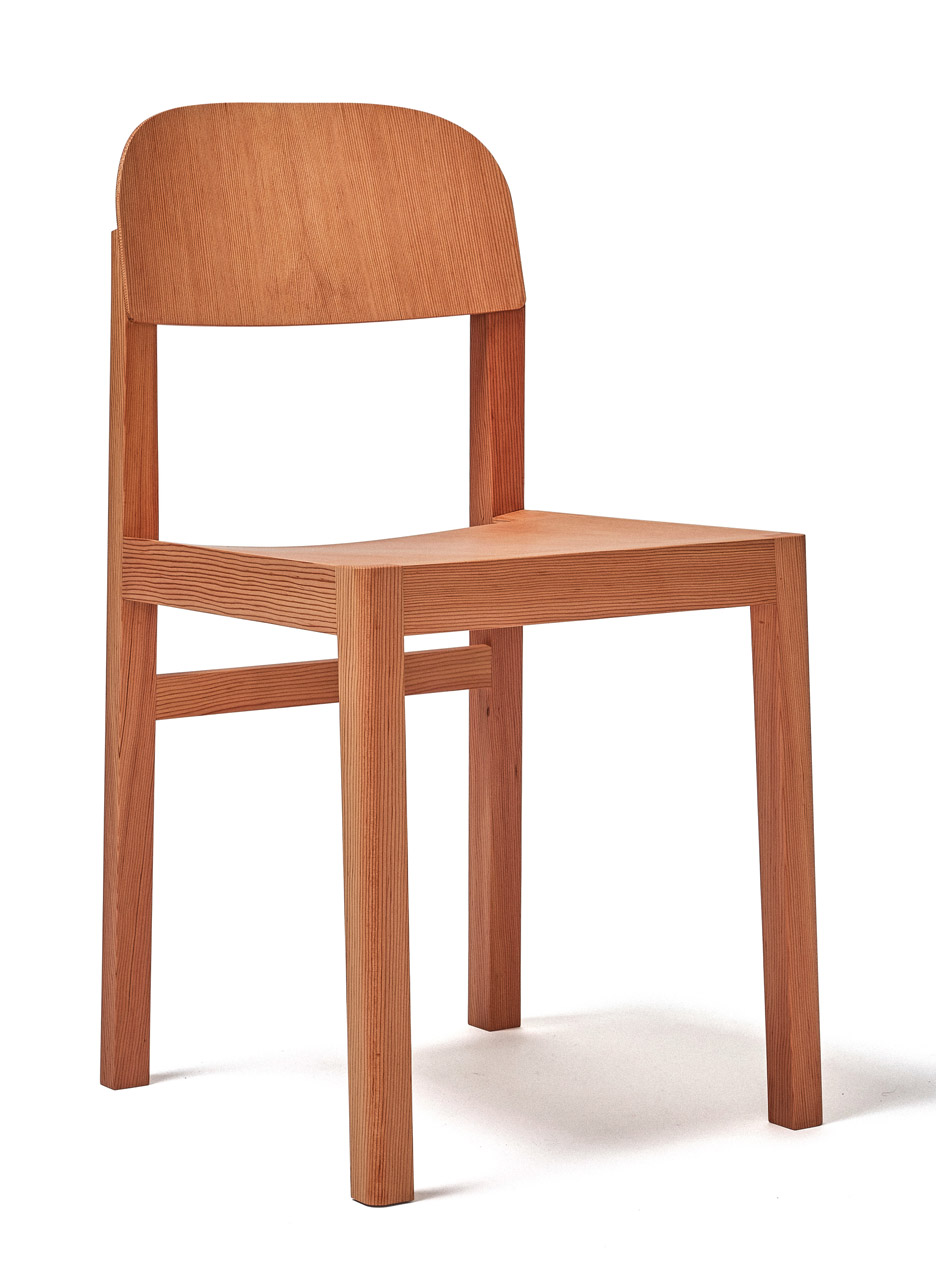
Ceramicist and product designer Ole Jensen, who is best known for his products for Danish brands Royal Copenhagen, Normann Copenhagen and Muuto, made a series of red clay vessels shaped to reflect human forms, with protruding ears, legs, and even breasts.
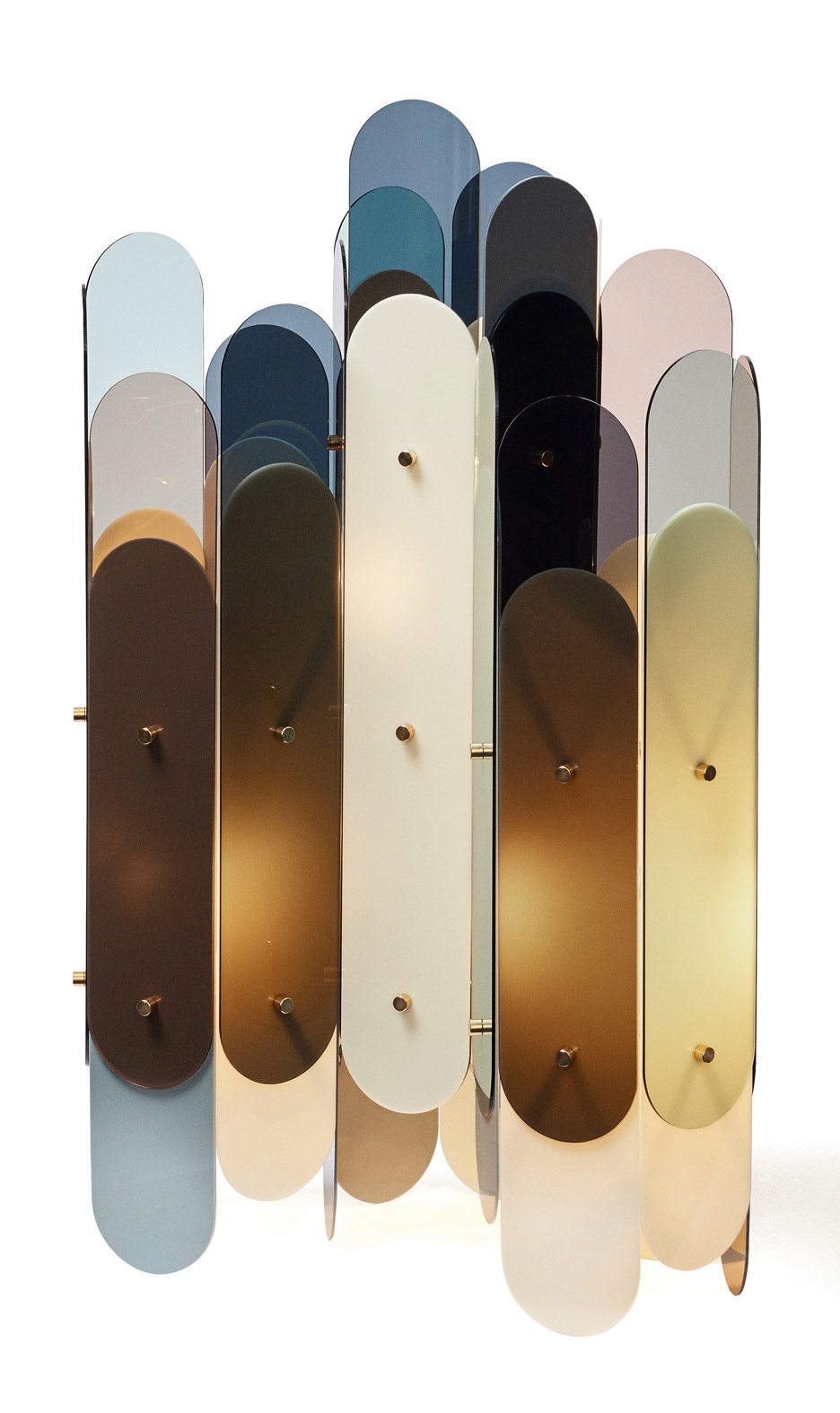
A garment by fashion designer Freya Dalsjø features all the standard elements of a piece of clothing, like buttons and sleeves, but put together in a different way to create unusual shapes and textile combinations.
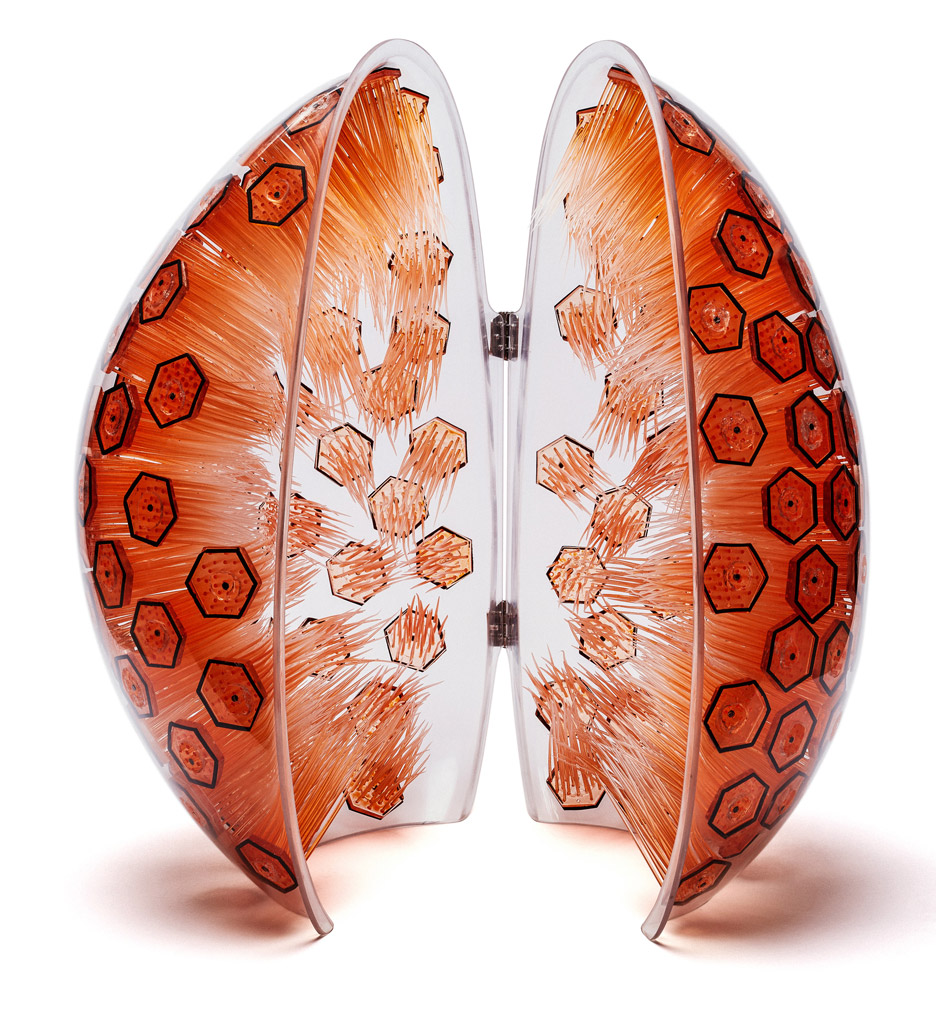
A series of layered plexiglass lamps Vibeke Fonnesberg Schmidt are based on geological formations and the original Star Wars films. Each lamp is made from six parts, consisting of different glass colours and opacities.
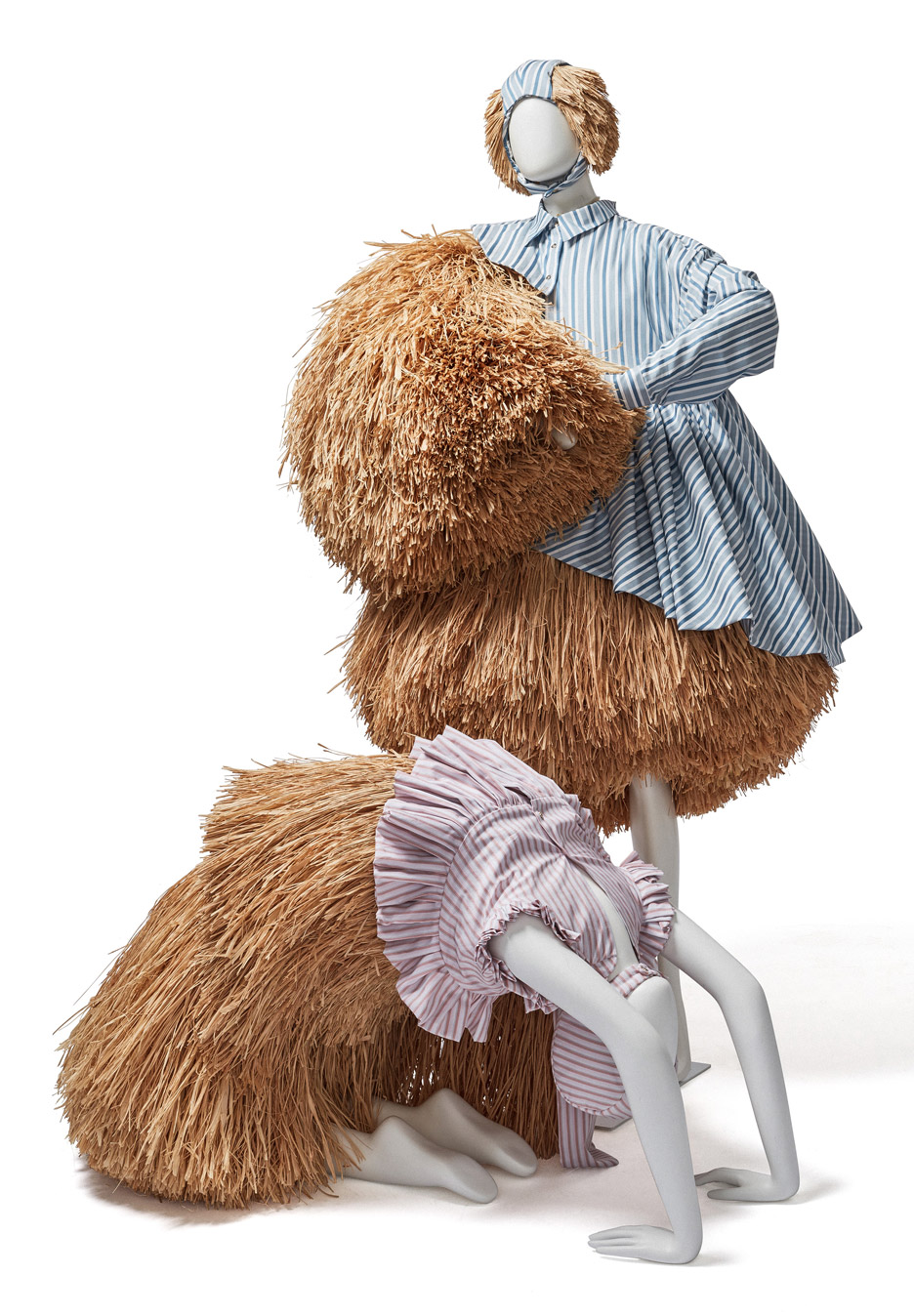
Two Denmark-based Japanese designers are included in the show, with a patterned glass chest of drawers by Akiko Kuwahata and patterned silver dishes by Yuki Ferdinandsen.
Other pieces include a series of objects by experimental ceramicist Christina Schou Christensen; a slim mattress by Halstrøm-Odgaard made form hand-woven Icelandic wool; the Winter Series of plant-inspired stoneware by Marianne Krumbach; a simple pine chair by Cecilie Manz; a raffia and cotton fashion collection by Nicholas Nybro; and a transparent shell by Henrik Vibskov with hexagons of soft orange fronds on the inside, which is designed to "reshape" its occupant and redirect their mind.
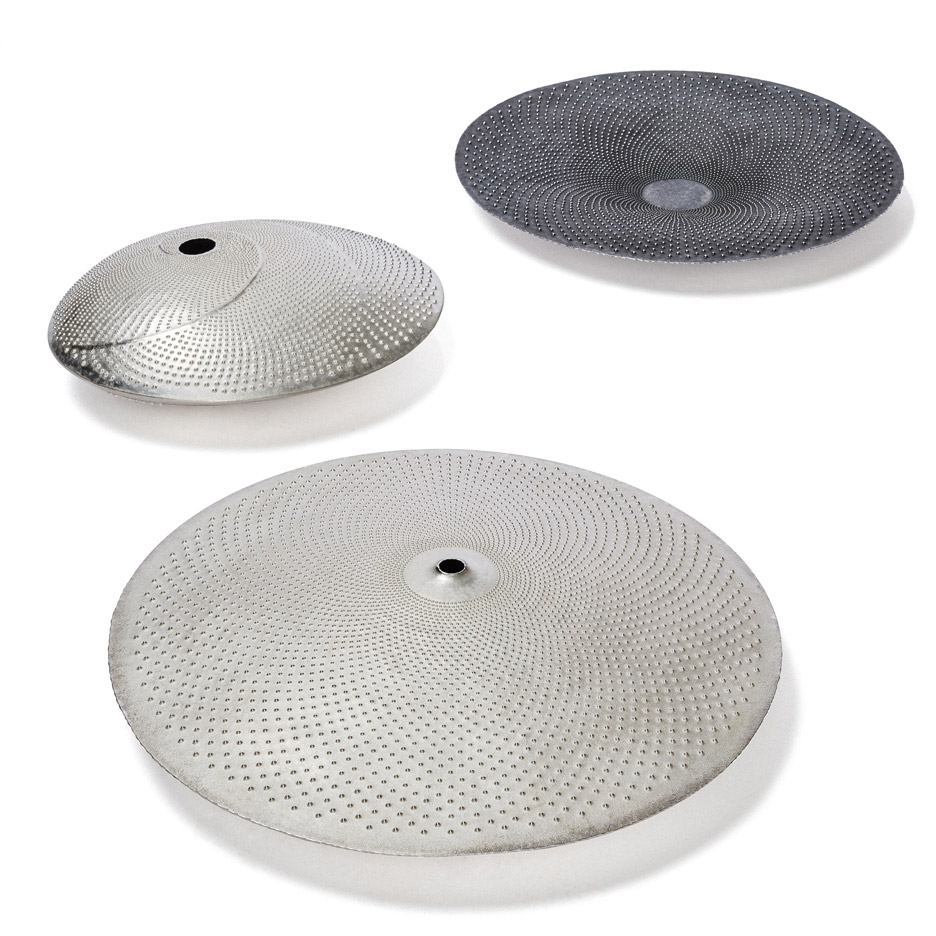
Upstairs, a second darkened room is meant to represent the subconscious. Animations by Danish studio Dark Matters are shown on four horizontal screens arranged in the middle of the room at different angles.
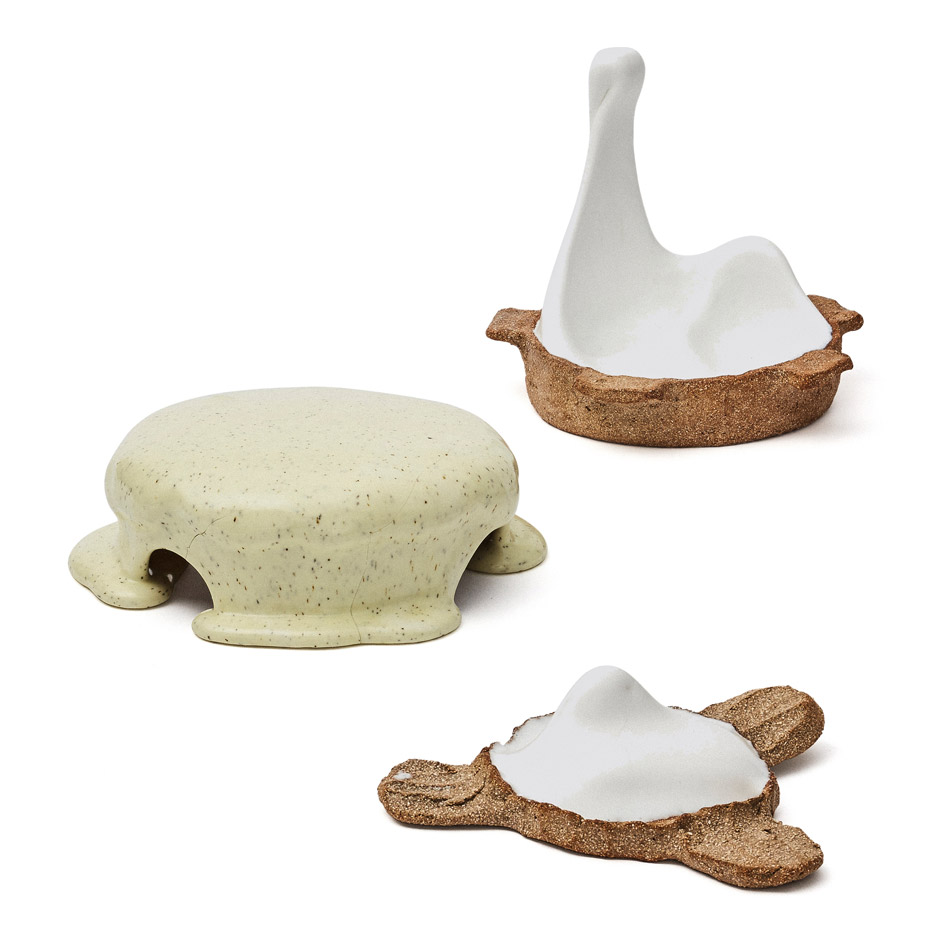
In My Mindcraft is on show at the Circolo Filologico Milanese at via Clerici 10 until 17 April.
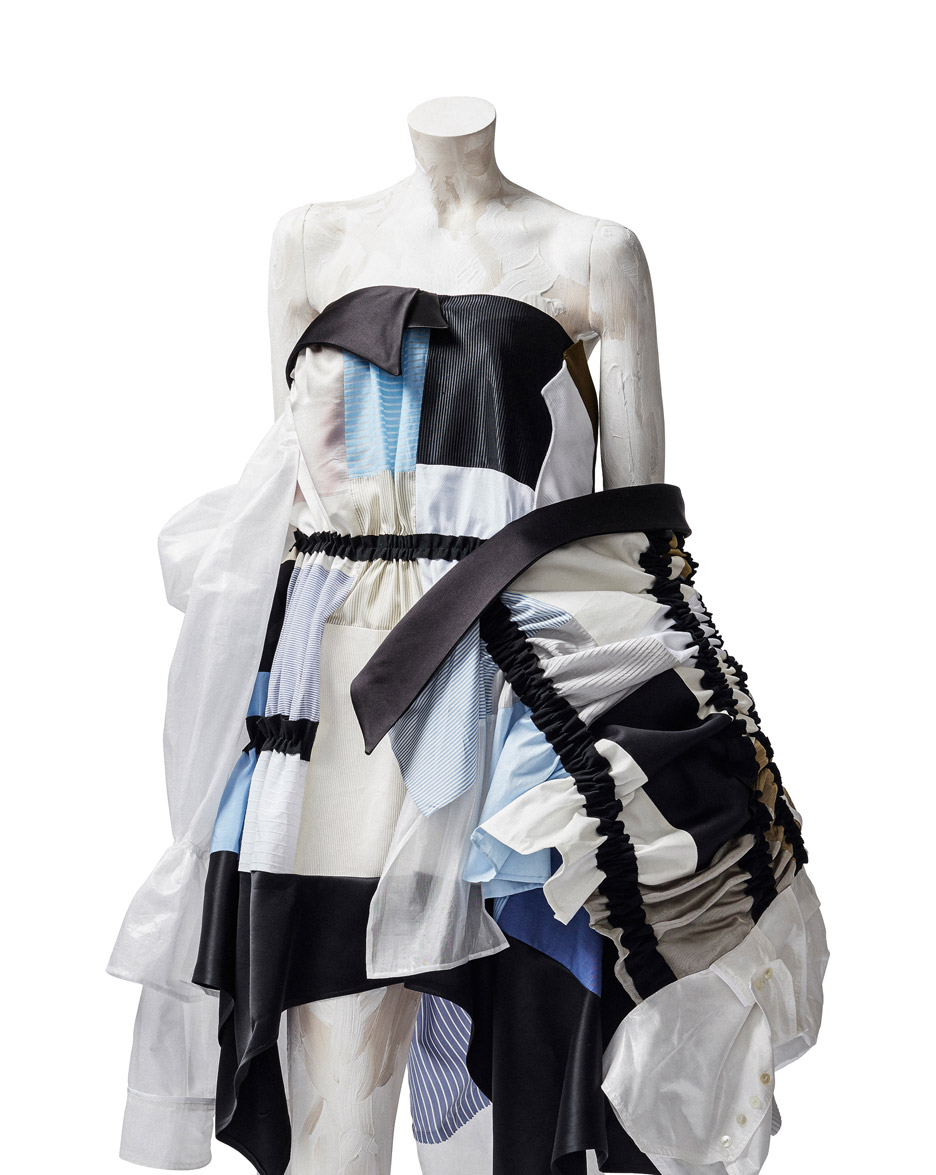
Other exhibitions and installations at Milan design week, which began on 11 April and finishes today, include Nike's Nation of Motion show, Touch Base by students from Design Academy Eindhoven – which includes a petting zoo – and a half black and half white installation of marble furniture by Japanese studio Nendo.
Check out Dezeen's guide to unmissable installations and exhibitions around the city »
